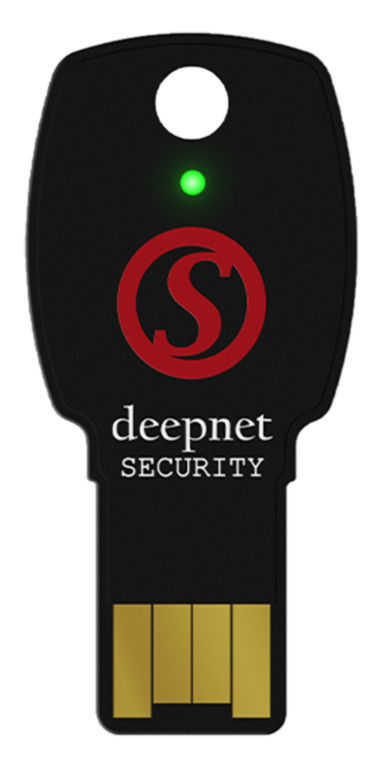


This is especially true for password-less logins using a FIDO2 protocol. Should you lose a key, you’ll want to use your second key to sign in on every service the keys are registered with, remove the lost key, and register a new one. In practice this means you will need to register both hardware tokens with your Linux and web accounts, generate OpenSSH private keys twice, and upload both OpenSSH public keys to the servers and services you use (for example, GitHub). Consequently, all registrations you make with your primary key you should immediately repeat with a second backup key that you will store in a secure location, maybe even a safe. As hardware security tokens are unique and designed to be extremely hard to copy you cannot just make a backup of it like you can with software vaults like KeePass or AndOTP. Keep a backup security keyĪs soon as you start working with security tokens you have to account for the potential to lock yourself out of accounts tied to these tokens. Linkedin sets this cookie to registers statistical data on users' behaviour on the website for internal analytics.This post will not cover storing OpenPGP keys or X.509 certificates because those features are hardware dependent and not part of the FIDO U2F standard. Hotjar sets this cookie when a user recording starts and when data is sent through the WebSocket. Hotjar sets this cookie when a Recording starts and is read when the recording module is initialized, to see if the user is already in a recording in a particular session.

It stores the true/false value, indicating whether it was the first time Hotjar saw this user. Hotjar sets this cookie to identify a new user’s first session. Google Analytics sets this cookie for user behaviour tracking. Google Analytics sets this cookie to store and count page views. These cookies help provide information on metrics the number of visitors, bounce rate, traffic source, etc. Other uncategorized cookies are those that are being analyzed and have not been classified into a category as yet.Īnalytical cookies are used to understand how visitors interact with the website.


 0 kommentar(er)
0 kommentar(er)
